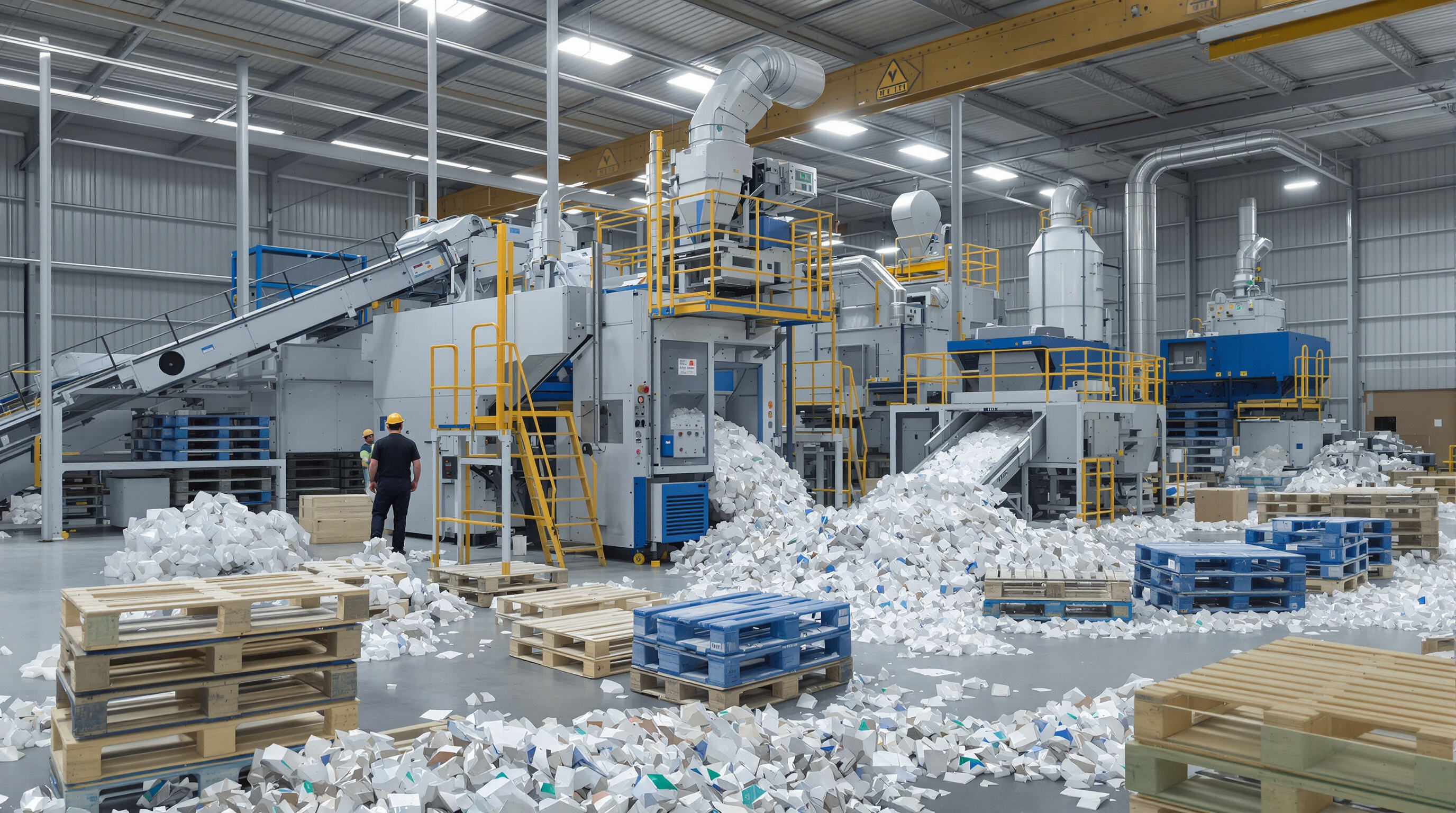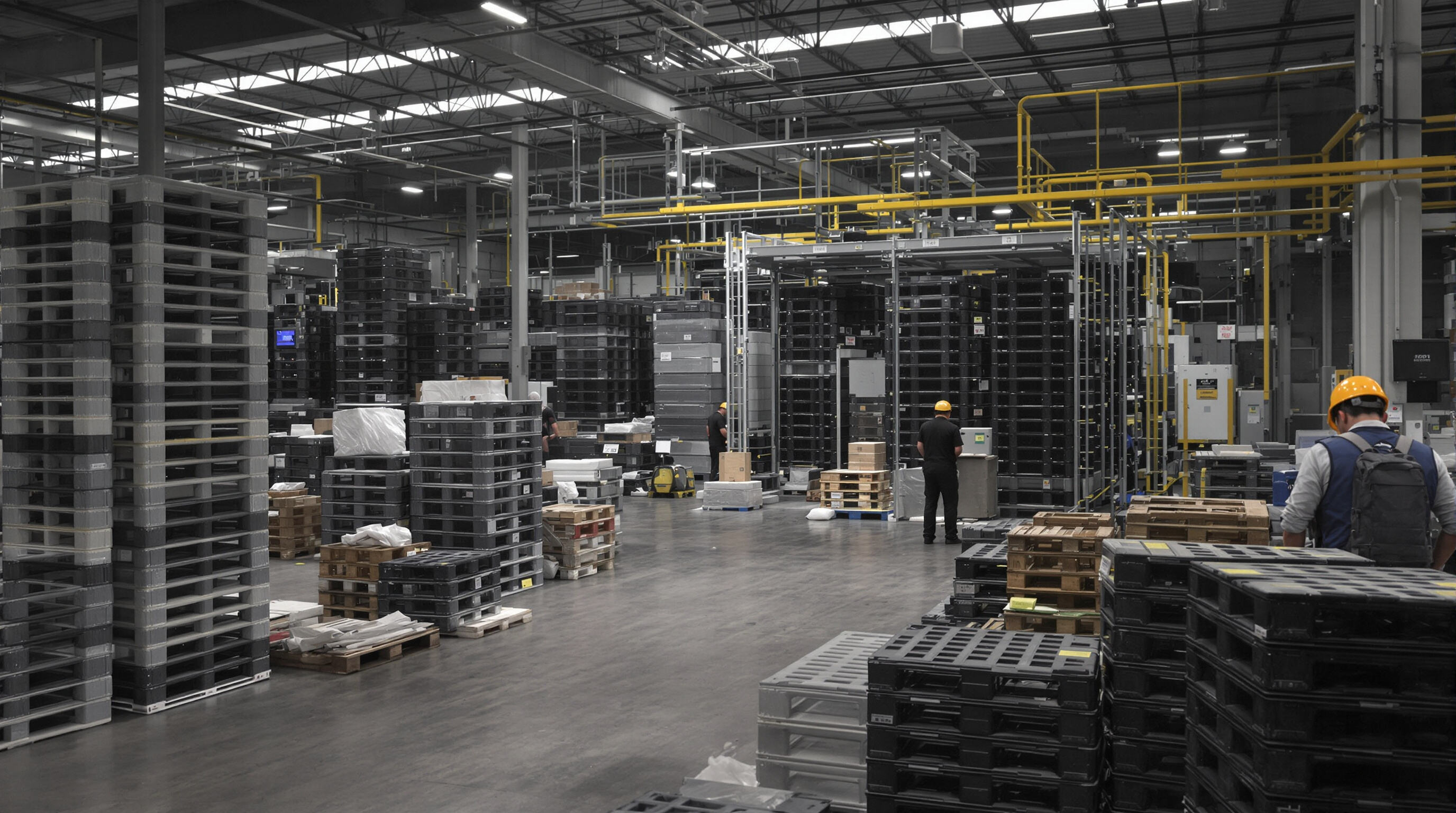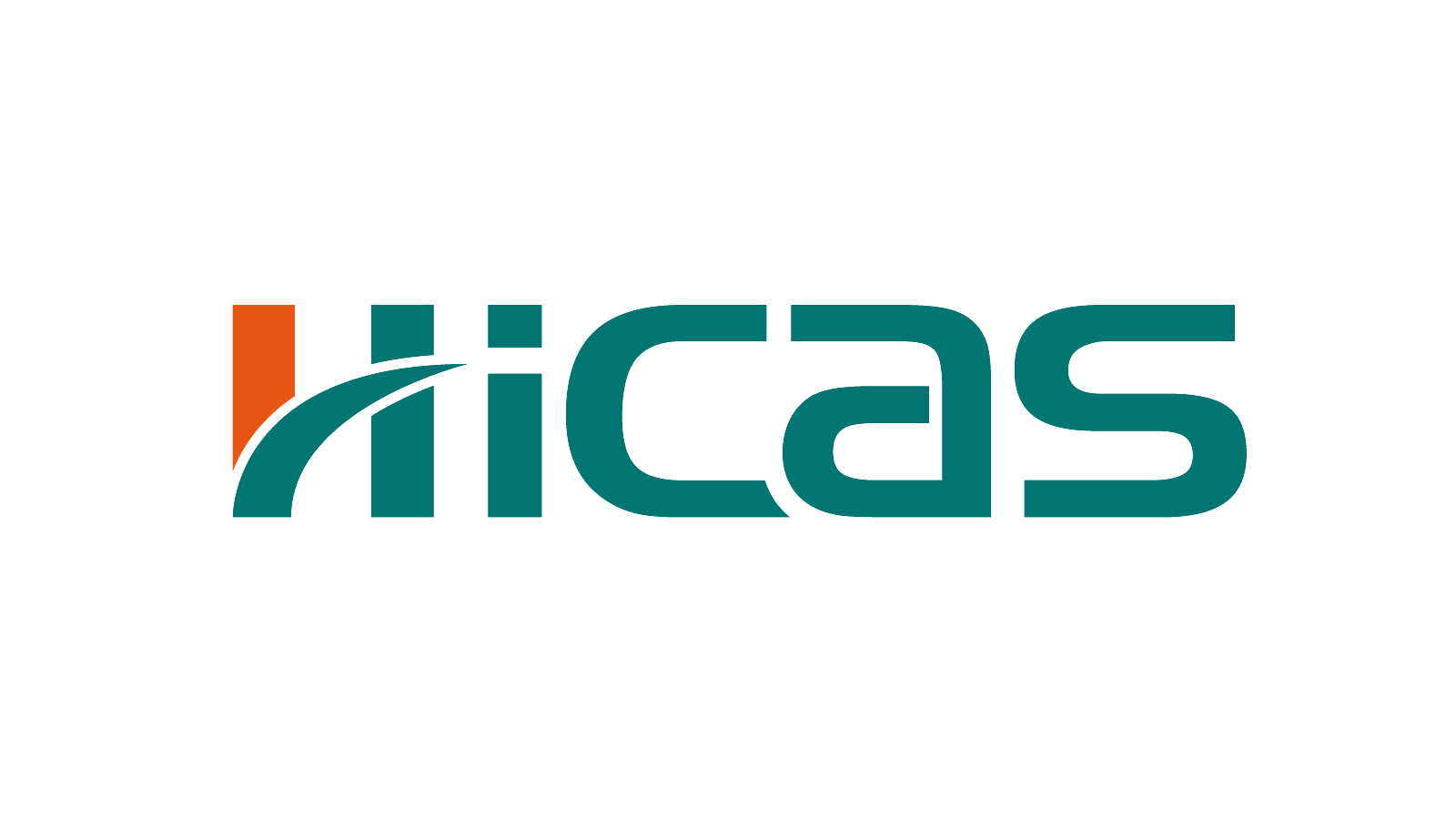The Environmental Impact of Plastic Pallet Recycling Machines Waste and the Need for Sustainable Packaging
Environmental Impact of Plastic Waste in Transit Packaging (Including Crates and Pallets)
More than thirty million plastic pallets end up in American landfills each year according to recent EPA data from 2023. These discarded items don't just sit there though. They break down into tiny plastic particles that pollute our environment and release toxic chemicals into soil and water systems over time. The situation gets worse when we compare regular plastic pallets to those made from biodegradable materials. Standard plastic lasts hundreds of years before decomposing, during which it releases methane gas while slowly breaking apart. This accounts for about eight percent of all plastic waste worldwide. For businesses storing goods in warehouses, continuing to use these single use plastic pallets creates bigger problems than most realize. Making just one new plastic pallet produces around 23 kilograms of carbon dioxide emissions. To put that number into perspective, it's roughly the same amount of greenhouse gases released by driving sixty miles in a standard passenger vehicle.
Resource Conservation Through Recycling and Closed-Loop Systems for Pallet Reuse
Recycling machines for pallets help cut down our reliance on brand new plastic by turning around nearly all those old pallet materials back into something useful again. When companies set up closed loop systems along with big industrial shredders, they actually save about 40 percent on energy costs compared to regular manufacturing methods. And this setup keeps roughly 12 tons of stuff out of landfills every year at each plant. The numbers get even better when looking at water savings too. For every ton of recycled HDPE pallet material processed, we're talking about saving around 1,200 gallons of water. That kind of conservation matters a lot these days especially since so many businesses are dealing with stricter environmental rules and wanting to show they care about their carbon footprint.
Key Insight: Every 1,000 recycled pallets save 16 barrels of oil and offset 7 tons of landfill emissions.
How Pallet Recycling Machines Work: From Shredding to Granulation

Step-by-Step Breakdown of the Recycling Process of Plastic Pallets
Recycling machines for pallets turn old plastic pallets that have reached their useful life back into raw materials that can be used again, all thanks to a mechanical process that works pretty systematically. Damaged or just plain worn out pallets get thrown into big industrial shredders with those tough steel blades inside, chopping everything down into little pieces around 2 to 5 centimeters in size. After that comes cleaning time where they scrub away all sorts of stuff stuck on there like dirt, labels, maybe even bits of metal. Then comes the granulator stage where those clean shreds get processed further into smaller granules measuring between 5 and 8 millimeters. These granules eventually melt down and get molded into brand new pallets or other plastic items. A report from Globenewswire in 2025 shows that when properly set up, these kinds of mechanical recycling techniques can recover as much as 90% of the material, which beats traditional ways of getting rid of waste hands down. Many top companies in the field are adding automated systems for sorting materials and keeping an eye on quality in real time throughout the whole operation to cut down on any unnecessary waste.
Shredders for Plastic Pallet Recycling: First Stage of Material Recovery
Shredders are really important in plastic pallet recycling systems. Most facilities rely on two-shaft models with those counter rotating blades because they handle tough materials like HDPE and polypropylene so well. According to research from last year, these powerful shredders manage to get back around 85 to 92 percent of the original material when breaking things down initially something that makes all the difference for keeping operational costs under control. Keeping those blades sharp matters too nobody wants inconsistent results. The general rule of thumb is to sharpen them roughly every 300 to 500 hours depending on how hard they're working. This attention to detail helps maintain uniform particle size throughout the process, making everything run smoother when it comes time for granulation later on.
Granulators in Plastic Recycling: Enhancing Recyclability and Reusability
Once the plastic has been shredded down, granulators come into play to turn those irregular pieces into consistent pellets suitable for making new products. Some pretty neat advancements have happened recently too. For instance, customizing screen meshes allows output sizes ranging from 2 to 10 millimeters while newer cooling systems cut down on energy consumption around 18 percent when compared to older versions. The industry is really pushing for better granule consistency these days, aiming for variations under 0.3 mm so everything works smoothly with machines used for injection molding and extrusion processes. With this level of control over quality, many factories can actually swap out roughly between a third and half of their virgin plastic materials for recycled alternatives without worrying about affecting final product quality much at all.
Cost Efficiency and Waste Reduction in Warehouses Through Pallet Recycling

Measuring the Cost Efficiency of Pallet Recycling in Warehouses
Facilities that implement pallet recycling machines typically see their yearly buying costs drop between 25 to 40 percent. Some warehouses even get their money back on these machines within just 18 months according to last year's Logistics Efficiency Report. The automated sorting tech cuts down on man hours about 30% when compared to doing everything by hand. And those smart trackers connected to the internet? They spot damaged pallets long before they actually break down. This early warning system saves companies around half of what they'd normally spend replacing broken pallets in busy warehouses where thousands go through every month.
Cost Savings Through Pallet Repair and Reuse Programs
A single plastic pallet withstands 8–12 repair cycles, extending its lifespan to 7–10 years. Closed-loop reuse programs eliminate 60–80% of new pallet purchases for distributors handling 10,000+ monthly shipments. Third-party repair services amplify savings, with per-unit costs 35% below new pallet procurement—critical for industries like pharmaceuticals where compliance-grade pallets cost $120–$180 each.
Quantifying Waste Reduction in Warehouses via On-Site Recycling
Today's industrial shredders can handle around 2 to 3 tons of old plastic pallets every hour, keeping roughly 90 percent of these materials out of landfills instead of letting them pile up. Take one cold storage warehouse in the Midwest as an example they cut down their yearly waste by about 138 metric tons once they brought in proper recycling gear, getting back nearly all their materials at around 94% efficiency. The real game changer comes next though granulation systems take those shredded plastics and turn them into little pellets ready for reuse. These pellets actually pass ASTM standards so manufacturers can use them right away when making brand new pallets, closing the loop on what would otherwise be discarded waste.
Advancing the Circular Economy: Pallet Recyclability and Industry Challenges
Plastic Pallet Recyclability and Its Role in the Circular Economy
When plastic pallets get recycled, they stop being just one-time use items and become part of a cycle that cuts down on the need for brand new plastic. The closed loop system takes old pallets at the end of their life and turns them back into raw material for making fresh products. This process keeps about 98% less waste going to landfills than what happens with regular disposal methods. The whole idea fits right in with worldwide sustainability goals too. Studies show these recycled pallets still hold around 90% of their strength even after being used 10 times over, which makes sense when looking at how durable plastic actually is. For companies trying to green up their operations, this kind of recycling makes both environmental and economic sense in the long run.
Challenges in Recycling Processes for End-of-Life Plastic Pallets
The process of recycling plastic pallets runs into both technical problems and money issues. When materials get contaminated with things like metal parts or wrong types of plastic, the final product suffers in quality. This means extra work and cash spent on sorting out these impurities before anything useful can come from them. The energy intensive steps needed to break down these materials into smaller pieces really adds to what companies have to pay. According to some recent research, it costs over 200 dollars just to recycle one ton of mixed plastic waste. On top of all this, there's not enough good systems in place across different areas to collect used pallets efficiently. As a result, roughly two thirds of old pallets wind up sitting in landfills instead of being properly recycled.
Industry Paradox: High Demand for Plastic Pallets vs. Low Recycling Rates
The pallet recycling market is expected to grow at around 7.5 percent CAGR between now and 2033, expanding from about $5.2 billion in 2024 to nearly $10 billion by mid decade. Yet right now, only about 12 percent of plastic pallets actually get recycled. Warehouses are seeing higher demand for tough transport containers but face weak recycling programs. Most facilities still go for the cheapest option when buying pallets, even if it means less environmental benefit. To fix this mismatch, we need better standardization across materials used in pallet manufacturing plus changes in regulations that would make recycling financially attractive for businesses looking to cut costs while doing something good for the environment.
Innovations in Pallet Recycling Technology: The Role of SHANDONG HICAS MACHINERY GROUP CO LTD
SHANDONG HICAS MACHINERY GROUP CO LTD: Advancing Shredders and Granulators for Plastic Pallet Recycling
A leading machinery company has made significant progress in the field of pallet recycling equipment, particularly with their innovative shredders and granulators. The company's two stage shredding system can handle between one and two tons of plastic pallets every hour, cutting down the size of materials by around 85% before moving on to granulation. After shredding, the granulators work to break these materials down further into particles measuring approximately 5 to 10 millimeters, resulting in recycled plastic that maintains about 98% purity. What sets this apart from traditional methods is how it keeps the polymer structure intact, so manufacturers can actually use the recycled material directly for making new pallets without needing extra processing steps. According to a recent report from 2023 on circular economies, businesses implementing this kind of system saw roughly a 40% drop in their need for brand new plastic each year.
Case Study: Implementing HICAS Recycling Equipment for Sustainable Packaging Solutions
One logistics hub deployed this manufacturer’s recycling equipment to process 12,000 damaged pallets annually. The system’s automated sorting line identified 92% of materials as recyclable, diverting 8.5 tons/month from landfills. Post-implementation data revealed:
| Metric | Before Recycling Program | After Implementation |
|---|---|---|
| Monthly landfill waste | 14 tons | 5.5 tons |
| Pallet replacement costs | $28,000 | $9,200 |
The facility achieved full ROI within 18 months while meeting 2030 sustainability targets three years ahead of schedule.
FAQ Section
What are the environmental impacts of plastic pallets?
Plastic pallets contribute to environmental pollution by breaking down into microplastics and releasing toxic chemicals into soil and water. They last hundreds of years, releasing greenhouse gases during decomposition.
How do recycling machines for pallets work?
Recycling machines shred damaged plastic pallets into small pieces, clean them, and further process them into granules, which are melted down to create new plastic items.
What are the benefits of using recycled plastic pallets?
Recycled plastic pallets reduce the need for new plastic, conserve resources, and significantly decrease carbon emissions, aligning with sustainability goals and reducing landfill waste.
Table of Contents
- The Environmental Impact of Plastic Pallet Recycling Machines Waste and the Need for Sustainable Packaging
- How Pallet Recycling Machines Work: From Shredding to Granulation
- Cost Efficiency and Waste Reduction in Warehouses Through Pallet Recycling
- Advancing the Circular Economy: Pallet Recyclability and Industry Challenges
- Innovations in Pallet Recycling Technology: The Role of SHANDONG HICAS MACHINERY GROUP CO LTD
- FAQ Section


